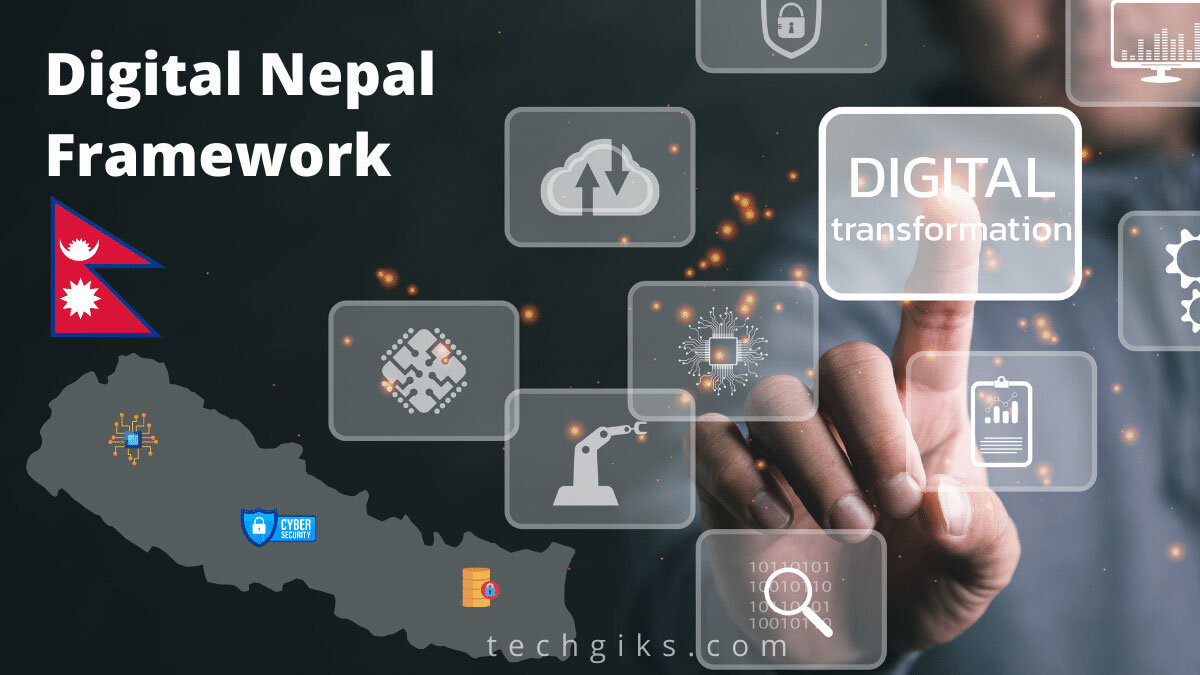Digital Nepal Framework
With eight of the highest mountains in the world, an abundance of natural resources, and a rich cultural history that draws tourists from all over the globe, Nepal is bordered by two of the world’s fastest-growing economies, China and India. Despite these alluring qualities, Nepal has not been able to realise its economic potential because of ongoing political unrest fully.
Nepal achieved notable reform progress with the ratification of a new Constitution in 2015, the country’s transformation from a unitary to a federal state, and the selection of a stable administration new Constitution in 2015, the country’s change from a unitary to a federal state, and the choice of a regular administration, Nepal has achieved notable reform progress. The government’s top goals include growth and focused activities to help it reach its targets of being a middle-income country by 2030 and a developing nation by 2022.
Digital Journey
Compared to its neighbours, Nepal has shown remarkable success with digital adoption, with a cell penetration rate exceeding 100% and an Internet penetration rate of 63%. NTA data indicates 2.25 million additional Internet users in 2017, equating to about 250 new users every hour.
Given its projected development rate over the following few years, Nepal is predicted to have the highest Internet penetration by 2025 compared to other major economies like China and India. Nepal is second only to Bhutan in South Asia regarding social media penetration. Hence the rising popularity of social media is a significant factor in the country’s Internet adoption. As of January 2018, there were around 9.3 million Facebook members in Nepal. Entertainment and video sharing are other famous use cases, with more than 6.4 million registered users on YouTube.

What is Digital Nepal?
Nepal is motivated by the early success of mobile phones and the Internet to take full advantage of digital technology to accelerate economic development. The Digital Nepal Framework is a guide that outlines the following benefits of digital initiatives: Encourage economic expansion, Discover creative solutions to the most significant societal problems in less time and with fewer resources, and Find ways for Nepal to engage in the international economy.
Eight sectors—a digital foundation, agriculture, health, education, energy, tourism, finance, and urban infrastructure—have been designated under the Digital Nepal framework based on extensive consultation with stakeholders. Eighty digital projects have been identified to boost Nepal’s socioeconomic development by tackling pressing issues and releasing the growth potential of each of the eight core sectors. All 80 selected digital ideas are addressed in workshops and through a feedback procedure by MoCIT with all interested parties.
Nepal has a solid technical plan with Digital Nepal Framework. As a result, Nepal has enjoyed incredible success in digital adoption compared to its neighbours, with mobile penetration exceeding 100% and Internet penetration reaching 60%. Various ICT-related policy and regulatory frameworks provide the essential basis for the Digital Nepal framework. For instance, the National ICT Policy, unveiled in 2015, aims to turn forward the objective of turning Nepali society into a knowledge- and information-based culture by leveraging the industry’s fast advancements.
Similarly, the National Broadband Policy unveiled in 2016 offers a framework for promoting broadband availability and access nationwide. A robust mechanism for extending internet access to communities outside of metropolitan areas will be provided by policy emphasis that has been put on properly utilising Universal Service Access Funds to bridge the digital divide, among other things, if executed correctly. According to the Nepal Telecom Authority, there was an addition of 2.25 million new Internet users in 2017 alone, translating into approximately 250 new users every hour.
Nepal is expected to lead Internet penetration by 2025 compared to major economies such as China and India, given its growth trend over the next few years. The growing popularity of social media is a crucial driver for Internet adoption in Nepal, coming second only to Bhutan in South Asia in social media penetration. As of January 2018, Nepal has nearly 9.3 million Facebook users. Entertainment and video sharing are other famous use cases, with more than 6.4 million registered users on YouTube.
To sum up, here are some of the handpicked Best WordPress Themes. Although there are only 50 themes, we will add more soon.
So please explore if you would like to develop a WordPress Website in the UK or from anywhere worldwide.
Similarly, please visit Graphic Design near you.
